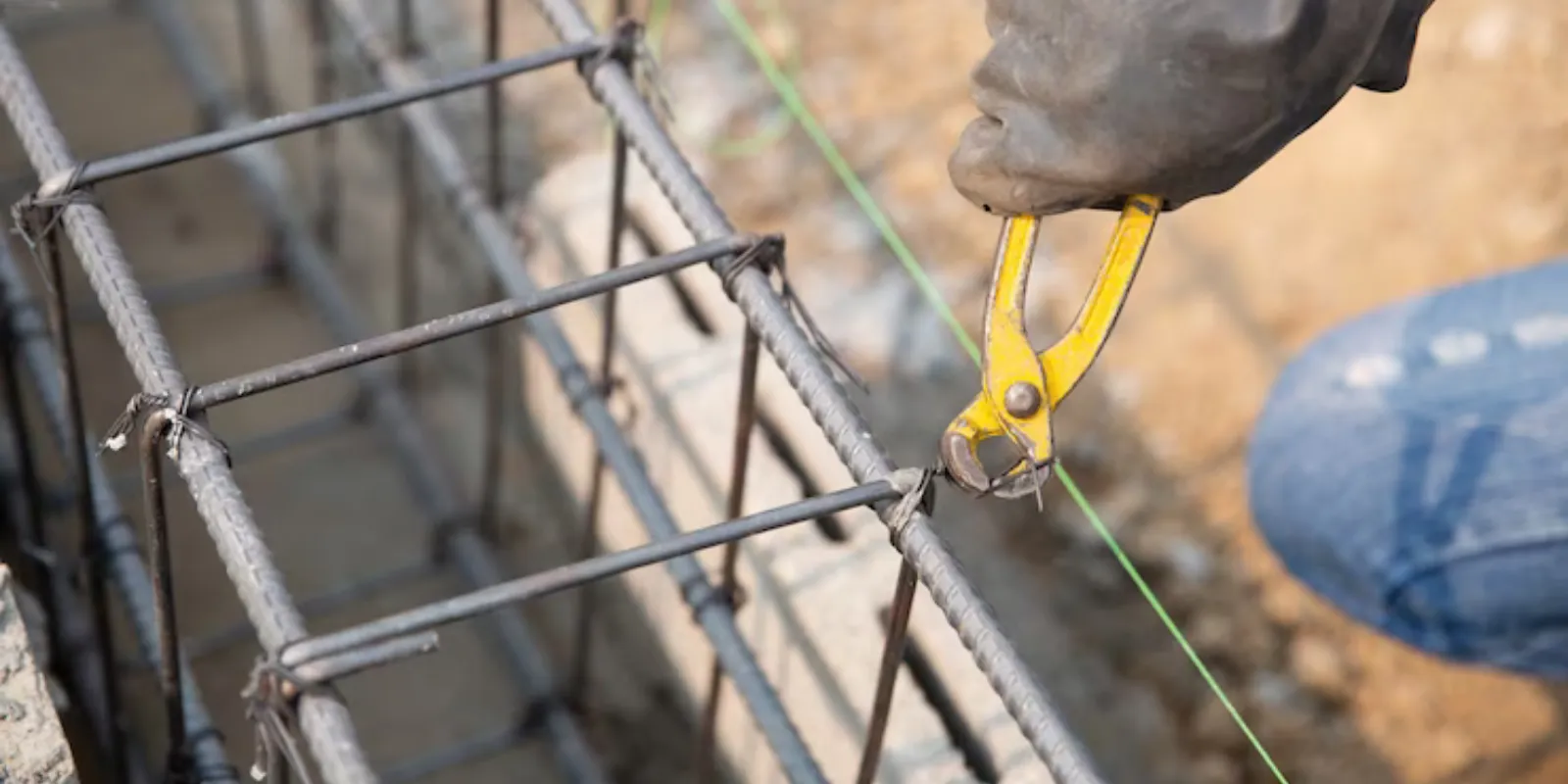The Role of Steel Construction in Strengthening Applications
Let's test and document the structural integrity of your existing buildings using both traditional methods (reinforced concrete, steel plates) and advanced methods (seismic isolation, seismic dampers, carbon fiber reinforced polymers, FRP) as SKYCON Steel Structures. After conducting the tests, if necessary, let's strengthen your building. Let's take precautions against earthquake risks and eliminate any doubts you may have. We provide services with our expert team at SKYCON STEEL STRUCTURES for earthquake testing, seismic analysis, preparation of earthquake reports, preparation of strengthening projects, estimation of strengthening costs, construction of building strengthening, and technical consultancy services for all types of residential buildings, offices, public buildings, educational buildings, healthcare facilities, sports facilities, factories, and historical buildings throughout Turkey.
Advantages of Building Strengthening
It is important to perform building strengthening applications for the safety of life and property in buildings that are not earthquake-resistant, at risk of earthquakes, or have been damaged due to past earthquakes or environmental factors. The most significant advantage of building strengthening applications is to make the building safe against earthquakes by implementing appropriate strengthening techniques without the need for demolition. Another important advantage is that if there is a loss of floor area in a new building due to zoning regulations, strengthening the existing building against earthquakes without any loss of floor area becomes a favorable option. Building strengthening applications also contribute significantly in terms of construction time and cost. Strengthening the building to make it earthquake-resistant requires less cost compared to demolishing and rebuilding the entire structure. Additionally, the reconstruction process takes longer than the strengthening construction process, which can cause inconvenience to the property owners. Unlike new construction, building strengthening can be completed within a short period of time. This ensures that property owners do not experience any inconvenience or displacement.
What are the Building Strengthening Methods?
Ensuring the earthquake resilience of buildings at risk
of earthquakes is one of the most important issues in our country, which is
under serious seismic risk. Various building strengthening techniques are used
based on the condition of the building. Materials such as concrete, steel, and
carbon fiber are used in the strengthening of reinforced concrete buildings.
Concrete jacketing method is used for reinforcement in reinforced concrete
columns and walls, and if necessary, steel jacketing or carbon fiber methods
can be used for reinforced concrete columns. These methods aim to increase the
load-bearing capacity of the building's structural system.
Among the building
strengthening methods, carbon fiber is widely preferred to strengthen buildings
with minimal damage. The main reason for the use of carbon fiber is its fast
and easy application. Building strengthening methods should employ the most
suitable techniques and materials depending on the condition of the building;
the same strengthening method and material cannot be used for every building.
Therefore, earthquake testing and calculations should be carried out on the
building first, and once the appropriate strengthening techniques are
determined, the building should be reinforced; otherwise, the building may be
damaged instead of benefiting from the reinforcement.
During the process of
building strengthening, the following methods are commonly applied:
Concrete jacketing
Addition of reinforced
concrete walls to the building
Steel jacketing
Epoxy injection in
cracks
Strengthening of beams
Strengthening of
columns
Application of carbon
fiber to structural elements
Conversion of
foundations to raft foundations for reinforcement
Use of isolators for
seismic isolation in the building
Building strengthening
procedures are carried out by our professional team in accordance with
technical specifications, project requirements, and industry standards,
ensuring the reliability of our company.
Stages of Building Strengthening
The earthquake risk and the condition of the structural
system of the building to be strengthened are determined.
To assess the earthquake risk of the building, seismic
testing is conducted, and an earthquake resilience report is prepared.
Based on the technical assessments and examinations, the
real earthquake risk of the building is determined.
Depending on the earthquake risk of the building, the
necessary strengthening techniques and materials are identified in compliance
with seismic regulations.
Our experts prepare the building strengthening project.
The building is strengthened according to the building
strengthening project and seismic regulations, making it earthquake-safe.
25-May-2023
